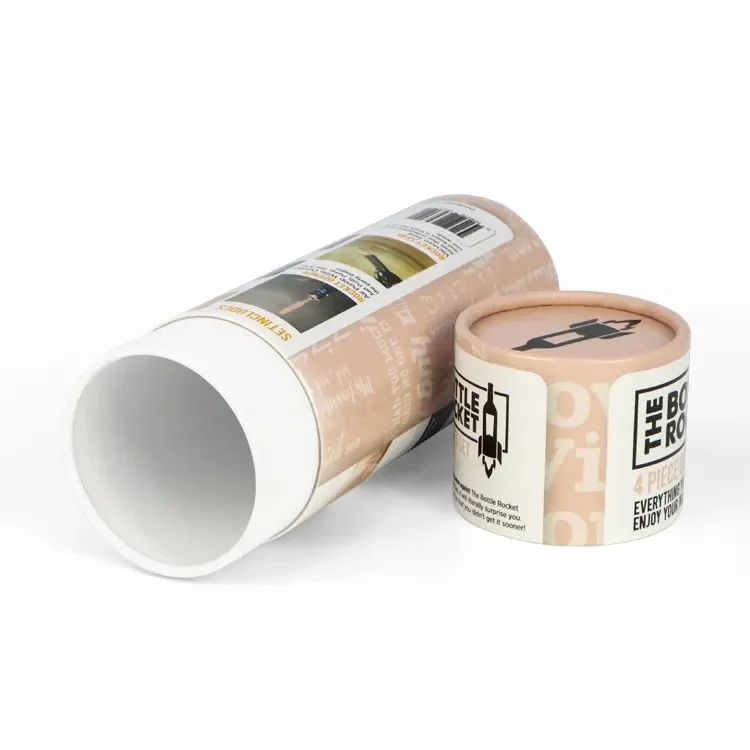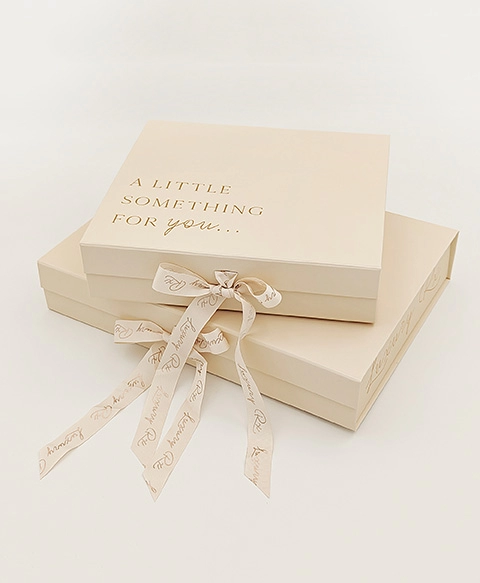In recent years, the food industry has increasingly turned to cardboard packaging as a sustainable alternative to plastic. While cardboard is often lauded for its eco-friendliness and versatility, it is essential to examine the potential disadvantages associated with its use in food packaging. This article delves into the multifaceted drawbacks of cardboard packaging for food, providing a nuanced understanding for manufacturers, retailers, and consumers alike.
- Moisture Sensitivity
One of the most significant disadvantages of cardboard packaging is its susceptibility to moisture. Cardboard is inherently porous, which means it can absorb moisture from the environment or the food it contains. This absorption can lead to several issues:
- Structural Integrity: When exposed to moisture, cardboard can weaken, compromising its structural integrity. This can result in packaging that is less effective at protecting the food inside, leading to potential spoilage or contamination.
- Mold Growth: The damp conditions created by moisture absorption can foster mold growth, posing health risks to consumers and leading to increased food waste.
- Limited Barrier Properties
Cardboard packaging typically lacks the barrier properties necessary to protect food from external factors such as oxygen, light, and odors. This limitation can have several implications:
- Shelf Life Reduction: Foods packaged in cardboard may have a shorter shelf life compared to those in plastic or glass containers. The inability to effectively block oxygen can lead to oxidation, resulting in rancidity or loss of flavor.
- Flavor Transfer: Cardboard can absorb and transfer odors, which may alter the taste of the food. This is particularly concerning for products with delicate flavors, such as cheeses or baked goods.
- Inconsistent Quality Control
The quality of cardboard packaging can vary significantly based on the manufacturing process and the materials used. This inconsistency can lead to several challenges:
- Variability in Performance: Not all cardboard is created equal. Some types may be more resistant to moisture or provide better structural support than others. This variability can result in unpredictable performance, making it difficult for manufacturers to ensure product safety and quality.
- Recycling and Contamination Issues: Cardboard that has been contaminated with food residues may not be recyclable, leading to increased waste. This can undermine the environmental benefits that cardboard packaging is often associated with.
- Cost Implications
While cardboard is generally considered a cost-effective packaging solution, there are hidden costs associated with its use:
- Transportation and Storage: Cardboard packaging can be bulkier and heavier than alternatives, leading to higher transportation costs. Additionally, the need for climate-controlled storage to prevent moisture damage can further increase operational expenses.
- Need for Additional Treatments: To enhance moisture resistance or barrier properties, manufacturers may need to apply coatings or treatments to cardboard. These additional processes can increase production costs and complicate the recycling process.
- Consumer Perception and Convenience
Consumer preferences play a crucial role in the success of food packaging. While many consumers appreciate the sustainability of cardboard, there are some drawbacks related to convenience and perception:
- Ease of Use: Cardboard packaging can be less convenient than plastic alternatives, particularly for on-the-go consumption. Rigid cardboard containers may not be resealable, leading to potential food spoilage and waste.
- Perceived Freshness: Consumers often associate certain packaging materials with freshness and quality. Cardboard may not convey the same level of freshness as clear plastic or glass, potentially impacting purchasing decisions.
Conclusion
While cardboard packaging offers several advantages, including sustainability and versatility, it is crucial to recognize its disadvantages, particularly in the food industry. From moisture sensitivity and limited barrier properties to quality control issues and consumer perceptions, the drawbacks of cardboard packaging can significantly impact food safety, quality, and waste management. As the industry continues to evolve, it is essential for manufacturers and retailers to weigh these disadvantages against the benefits and explore innovative solutions that can enhance the effectiveness of cardboard packaging while maintaining its environmental advantages.


